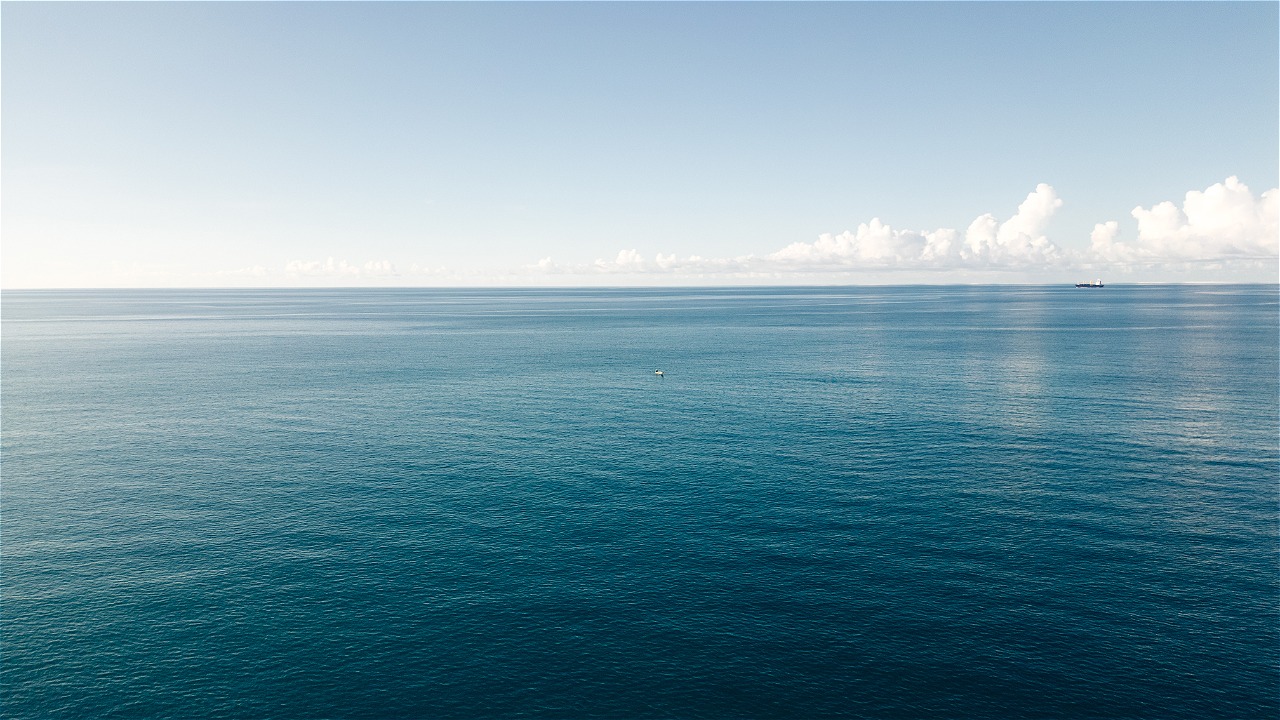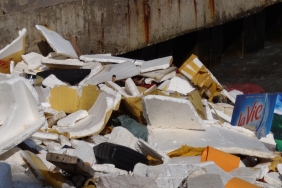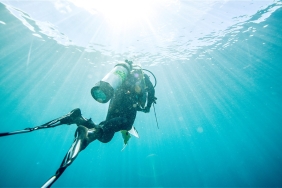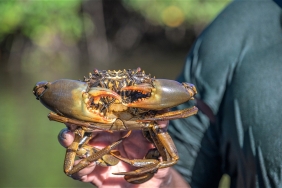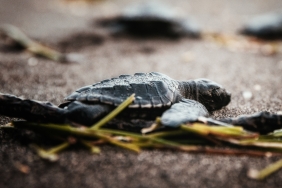SOLUTIONS TO THREATS TO INDONESIA'S MARINE ECOSYSTEM
What would it be like to have a "home" on 13,000 islands? It seems like it would be difficult to protect those homes from all threats, right? Because even if we had the time to visit them one by one, it would take decades even if we only visited each island for one night. That's just the land area, not the water area! That concern has been studied, and the Living Planet Index Marine report data recorded a 49% decline in mammal, bird, reptile and fish populations from 1970 to 2012. This indicates that the potential for supporting marine life has dropped considerably. For Indonesia, which has more than 13,000 islands and whose population depends largely on the marine sector, will also be threatened.
Exploitative utilization will have an impact on the depletion of the SDL (Marine Resources) of the archipelago, it is time for the owners of the "house" in each Indonesian waters to have the awareness to protect all aspects, on land and also the waters, otherwise it will be difficult to find seabirds that are not only sweeteners of the beach scenery but also guardians of the aquatic ecosystem chain, or maybe it will be difficult to find beautiful coral reefs in the archipelago, sad.
Awareness of this threat has led to the concept of marine protected areas, commonly referred to as Marine Protected Areas (MPAs), which has been applied globally in the world with a common term, namely:
Indonesia already has an area of MPAs totaling 17.98 million hectares. MPAs are spread throughout Indonesia (165 MPAs) and are regulated in coastal and island zoning planning for each province. As a solution to SDL management, MPAs implement regulations to maintain ecosystem health, which will bring many benefits, such as increased fish production, due to protection in important areas (nursery and spawning areas), and also increase tourism potential. But you have to be patient, because the benefits of implementing MPAs cannot be felt immediately because it must go through several stages such as the recovery process, law enforcement and good compliance with MPA rules.
In general, the authority of the MPA is in two ministries, namely: Ministry of Maritime Affairs and Fisheries which includes 4 types of areas (Marine Protected Areas, Coastal and Small Island Protected Areas, Maritime Protected Areas and Coastal Boundaries), while MPAs under the authority of the Ministry of Environment and Forestry have 4 types (Marine National Parks, Marine Nature Parks, Marine Nature Reserves and Marine Wildlife Sanctuaries).
Mutual symbiosis, seems to be the right description of this conservation effort, because it is not only nature and plant or animal ecosystems that can benefit from this, humans who are an important factor in this case also get good reciprocity, such as the creation of economic opportunities for the welfare of coastal communities with the opening of jobs in the fisheries, tourism and transportation sectors, even with the arrangement of good conservation areas can reduce conflicts over the use of marine resources, sophisticated is not it?
All aspects within the area are protected in accordance with the protection target and managed through a zoning system consisting of Core Zones, Utilization Zones, Sustainable Fisheries Zones and other Zones. The establishment of MPAs will support the protection of critical coastal habitats, each of which has a function in mitigating the effects of climate change, and with the rules in utilization activities applied in MPAs, it is hoped that coastal ecosystems will be maintained so that they can provide natural resources to future generations who truly inherit the beauty of Indonesia as a whole.

